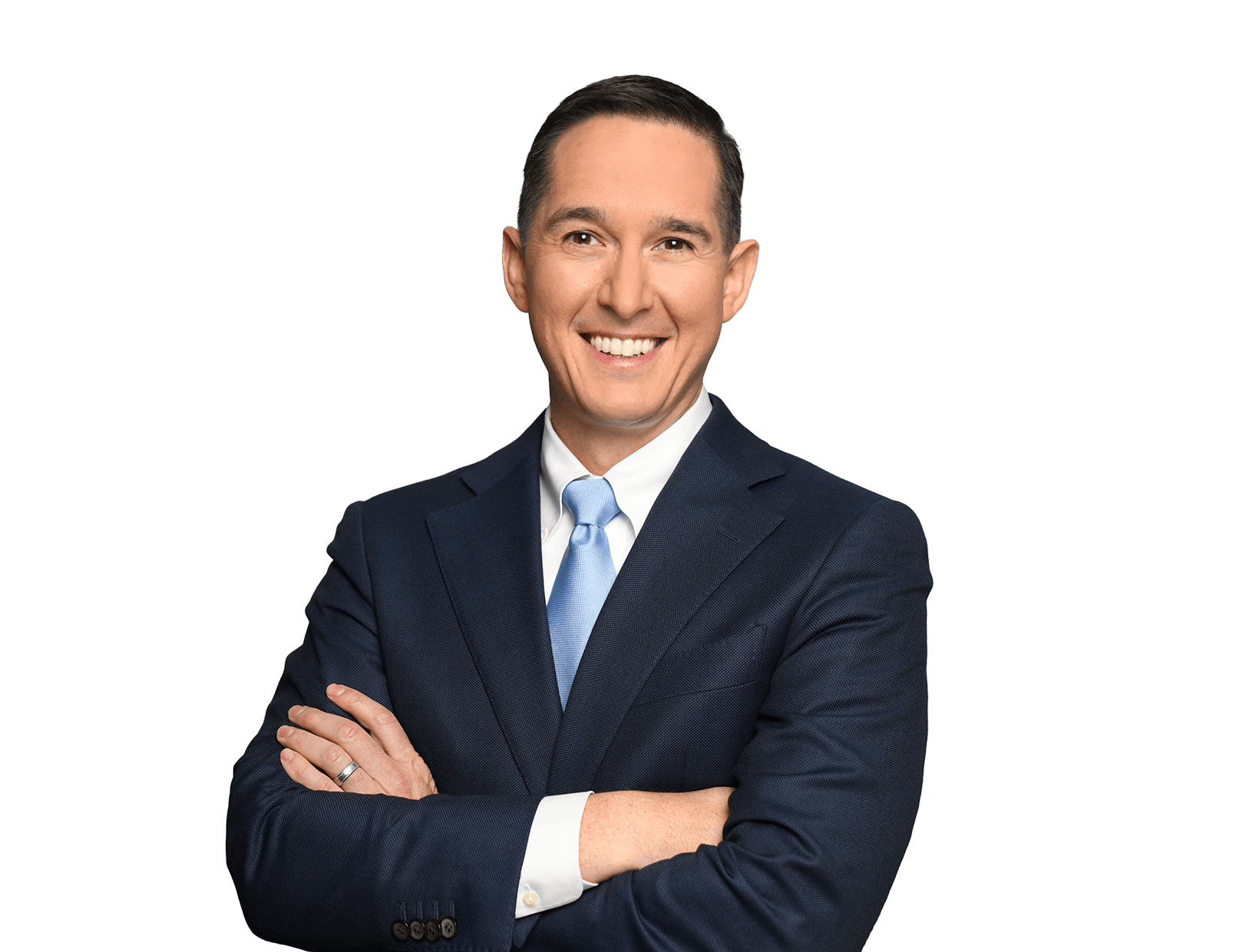Blog
Federal Circuit Provides Important Guidance on Patent Damages in Rex Medical v. Intuitive Surgical
Fish & Richardson
Authors
-
- Name
- Person title
- Principal

-
- Name
- Person title
- Principal

-
- Name
- Person title
- Principal

The U.S. Court of Appeals for the Federal Circuit has affirmed the District of Delaware’s (1) exclusion of a patent owner’s damages expert’s testimony and (2) reduction of a $10 million jury award to $1. Rex Medical, L.P. v. Intuitive Surgical, Inc., No. 24-1072 (Fed. Cir. Oct. 2, 2025). The Federal Circuit’s opinion includes several important holdings regarding patent damages law that will have an immediate, and in some cases profound, impact on patent cases moving forward.
The decision stems from Rex Medical, L.P.’s patent infringement lawsuit against Intuitive Surgical, Inc., in the District of Delaware. Shortly before a jury trial, the district court precluded Rex’s damages expert from testifying about a specific patent license agreement because the expert failed to apportion the value of the asserted patent from the value of the other patents licensed in that agreement. Following the court’s exclusion of this testimony, neither party’s damages expert testified at trial. The jury found that Intuitive infringed the asserted patent and awarded Rex $10 million in damages. On post-trial motions, however, the district court found that Rex failed to prove its damages and therefore reduced the jury’s award to nominal damages of $1 and denied a new trial. Rex appealed the district court’s exclusion of its damages expert’s testimony and reduction of the jury’s damages award.
Exclusion of damages expert’s testimony
Rex’s damages expert, Mr. Kidder, used the hypothetical negotiation approach for calculating reasonable royalty damages. The lump-sum license upon which Mr. Kidder relied (the “Covidien” license) stems from an earlier litigation between Rex and non-party Covidien and covers Rex’s portfolio of surgical stapling patents. The license includes the ’650 patent, which was at issue in this case, the ’892 patent, eight other U.S. patents, seven U.S. patent applications, and 19 non-U.S. patents or applications.
Parties frequently rely on comparable license agreements to determine a reasonable royalty using the hypothetical negotiation approach. When using this method, the parties must account for differences in the technologies and economic circumstances of the contracting parties. E.g., Apple Inc. v. Wi-LAN Inc., 25 F.4th 960, 971 (Fed. Cir. 2022). Because patent license agreements often cover entire patent portfolios, courts may exclude expert testimony when it fails to apportion the license value among the licensed patents covered by an agreement. Jiaxing Super Lighting Elec. Appliance, Co. v. CH Lighting Tech. Co., 146 F.4th 1098, 1112 (Fed. Cir. 2025).
Mr. Kidder’s expert report stated that most of the value to a license to Rex’s patent portfolio is contained in a license to either the ’650 patent at issue or the ’892 patent not at issue, with Mr. Kidder attributing little value to the other licensed patents. The district court found that Mr. Kidder failed to adequately address the extent to which the ’892 and other patents in Rex’s portfolio contributed to the Covidien lump sum payment.
The Federal Circuit agreed, determining that “Mr. Kidder’s opinion that nearly all the value of the Covidien license derives from either the ’892 patent or the ’650 patent is untethered to the facts of this case,” Op. 11, as Mr. Kidder did not allocate the license’s lump sum payment at all between the two patents. Nor did he allocate any value to the license’s other patents and patent applications. The Federal Circuit also rejected Mr. Kidder’s reliance on his assertion that “most, if not all, of the value [for most patent portfolios] is contained in the most valuable patent or patents,” because these “general observations” are “equally unreliable and untethered to the facts of this case.” Op. 10-11.
Because Mr. Kidder failed to address the extent to which the other patents contributed to the royalty rate in the Covidien license — instead merely opining that most of the value is attributable to either the ’650 patent or the ’892 patent — the Federal Circuit found that the district court’s exclusion of his expert testimony was not an abuse of discretion.
Reduction of damages
The district court reduced the jury’s damages award from $10 million to $1 and denied Rex’s request for a new damages trial. Critically, Rex conceded at oral argument that the district court’s reduction to nominal damages was effectively a grant of Intuitive’s judgment as a matter of law (JMOL) motion of no damages. While the district court stated that it was “remit[ting] the damages award to nominal damages of $1,” the Federal Circuit agreed with Rex in its view that the district court’s determination was a grant of JMOL of no damages, not a remittitur.
On appeal, Rex argued that a license to the ’650 patent has “some value” and that the district court erred in granting JMOL because the evidence does not compel the conclusion that zero is the only reasonable royalty.
The Federal Circuit was not persuaded, holding that the jury received insufficient evidence from which it could apportion the lump sum payment in the Covidien license or otherwise reasonably infer a reasonable royalty award for infringement of the ’650 patent alone. As the Federal Circuit explained, “Section 284 ‘requires the award of a reasonable royalty, but to argue that this requirement exists even in the absence of any evidence from which a court may derive a reasonable royalty goes beyond the possible meaning of the statute. ‘[T]here must at the least be enough evidence in the record to allow the factfinder to formulate a royalty.’” Op. 14 (quoting Devex Corp. v. Gen. Motors Corp., 667 F.2d 347, 363 (3d Cir. 1981)).
The Federal Circuit agreed with the district court that there was no evidence to formulate a royalty here. At trial, Rex primarily relied on the Covidien license and lay witness Mr. Carter’s testimony to prove damages. However, as the district court had found, the Covidien license failed to apportion the value of the ’650 patent from the value of the other patents. While Mr. Carter testified that the focus of the Covidien license was the ’650 and ’892 patents, Rex presented no testimony from Mr. Carter or anyone else discussing the relationship or the difference between the ’650 and ’892 patents. The Federal Circuit considered this significant because Rex had asserted only the ’650 patent here. Conversely, in its suit against Covidien, it had dropped the ’650 patent, leaving only the ’892 patent at issue. While Mr. Carter testified as to the “factors” that Rex considered in licensing to Covidien, the Federal Circuit concluded that the jury heard no testimony on how to consider those factors to apportion the Covidien license down to the value of the ’650 patent.
The Federal Circuit explained that damages theories relying on prior licenses must account for distinguishing facts when invoking them to value the patented invention. Ericsson, Inc. v. D-Link Sys., Inc., 773 F.3d 1201, 1227 (Fed. Cir. 2014). Here, the court found that Rex did not meet this requirement, as the record provides no evidence from which a jury could find or infer a damages number for a license to the ’650 patent between $1 and $10 million. As such, the jury would have to speculate how much of the $10 million would be allocated to the ’650 patent. However, damages may “not be determined by mere speculation or guess.” Oiness v. Walgreen Co., 88 F.3d 1025, 1030 (Fed. Cir. 1996).
Having found that none of the other evidence would solve Rex’s proof-of-damages problem, the Federal Circuit affirmed the district court’s JMOL of no damages. Additionally, accepting the district court’s conclusion that Rex “chose to hinge its damages theory on the very license that the district court had already precluded its expert from testifying about,” Op. 17-18, the Federal Circuit affirmed the district court’s denial of Rex’s motion for a new trial on damages.
Takeaways
The Federal Circuit’s decision immediately impacts:
- The manner in which plaintiffs may use comparable licenses in the hypothetical negotiation framework
- The ability for district courts to enter judgment of no damages despite a liability finding
- The discretion to deny plaintiffs the opportunity to redo their damages cases post-trial
Stay tuned for a follow-up article further analyzing the impact and practical takeaways from this significant decision.
The opinions expressed are those of the authors on the date noted above and do not necessarily reflect the views of Fish & Richardson P.C., any other of its lawyers, its clients, or any of its or their respective affiliates. This post is for general information purposes only and is not intended to be and should not be taken as legal advice. No attorney-client relationship is formed.